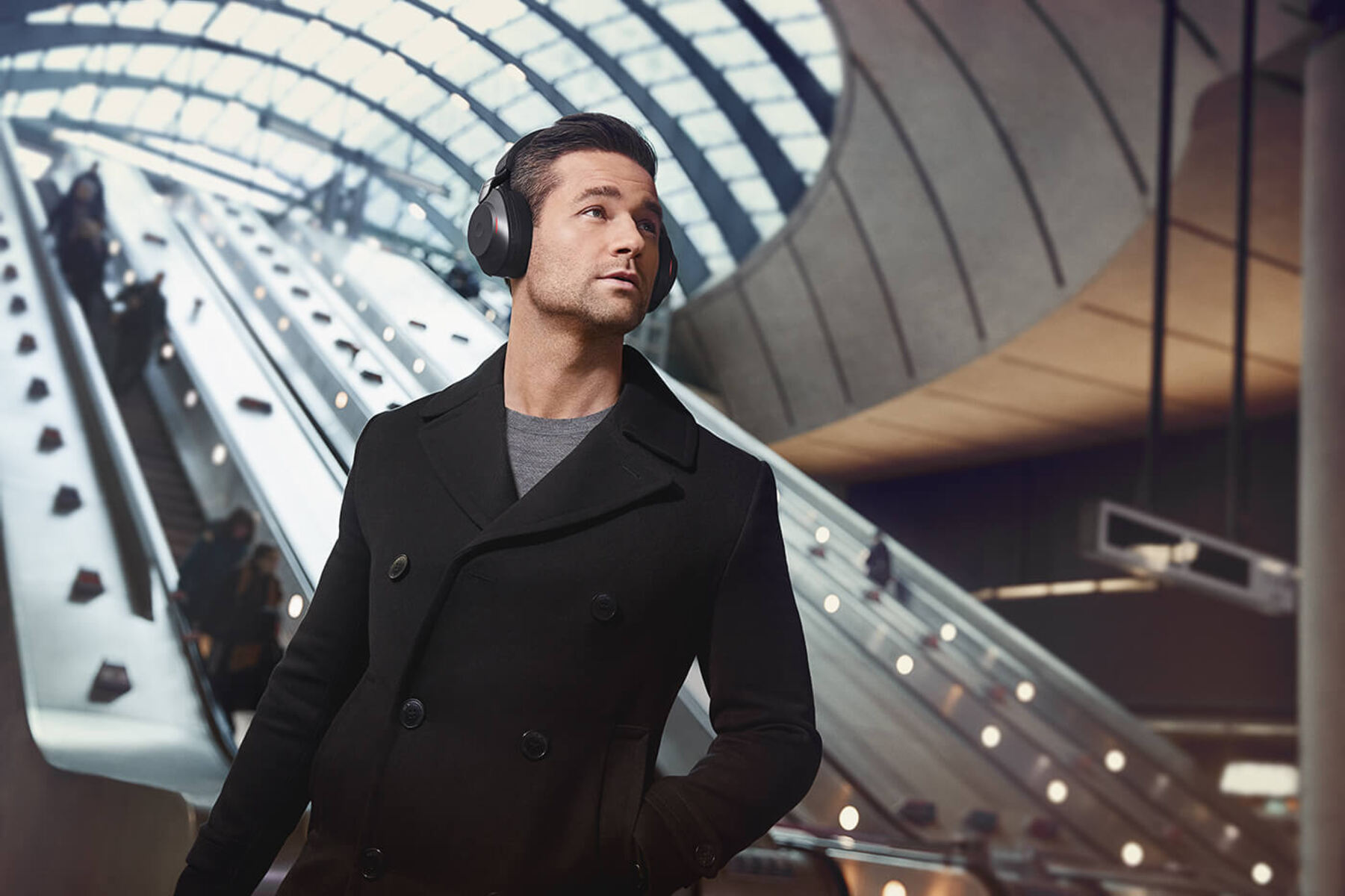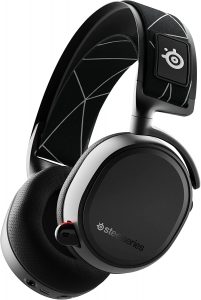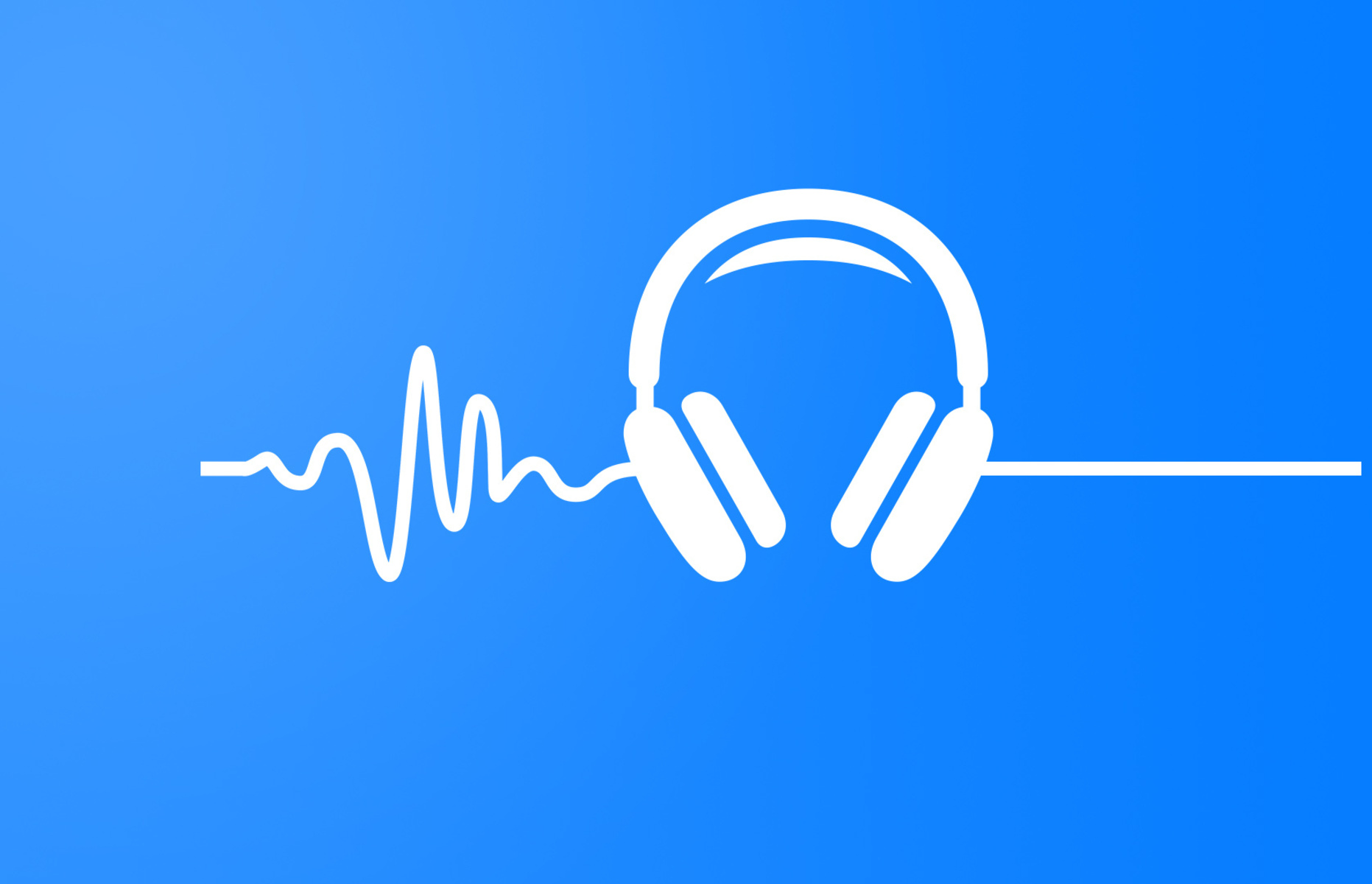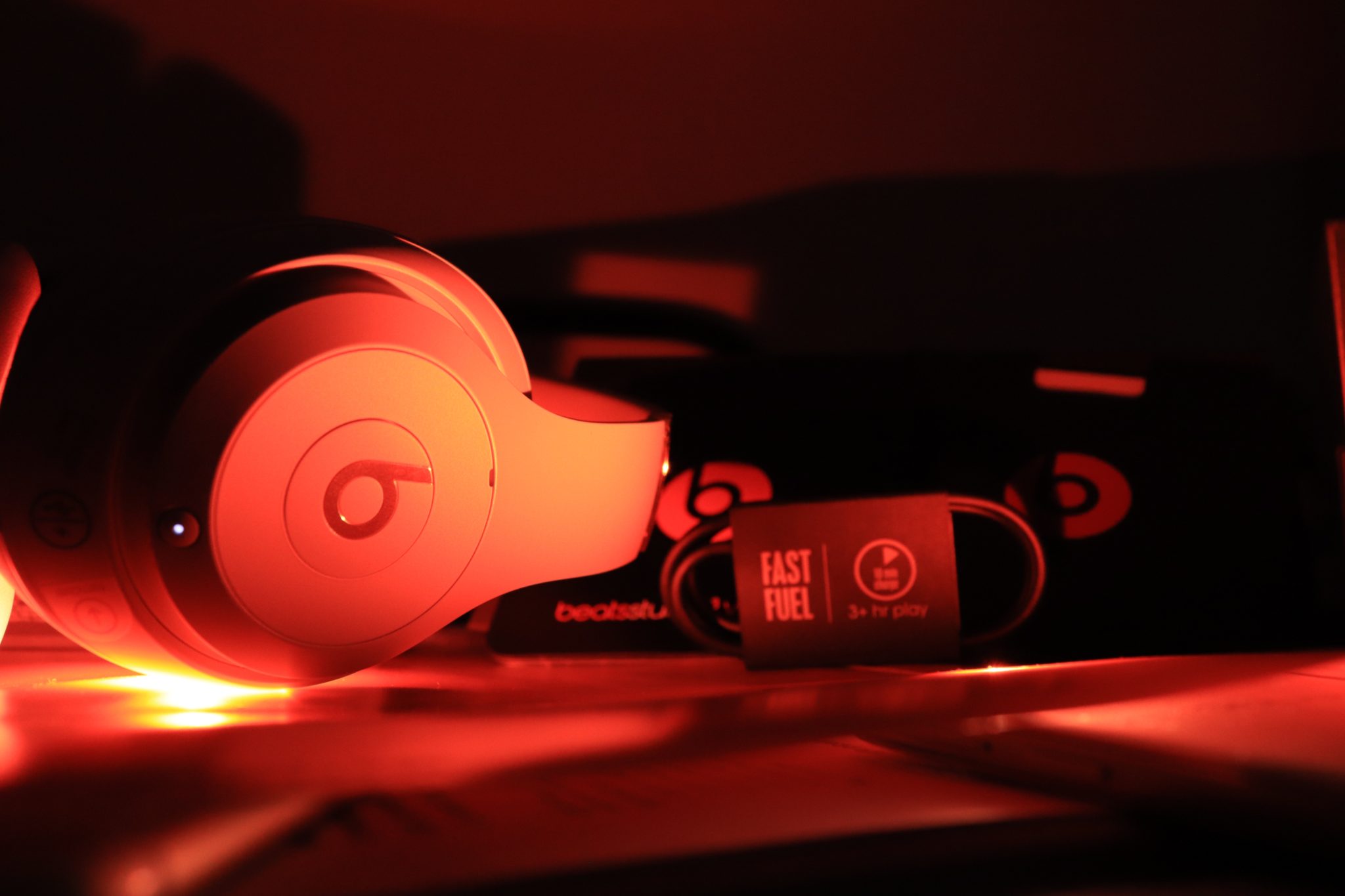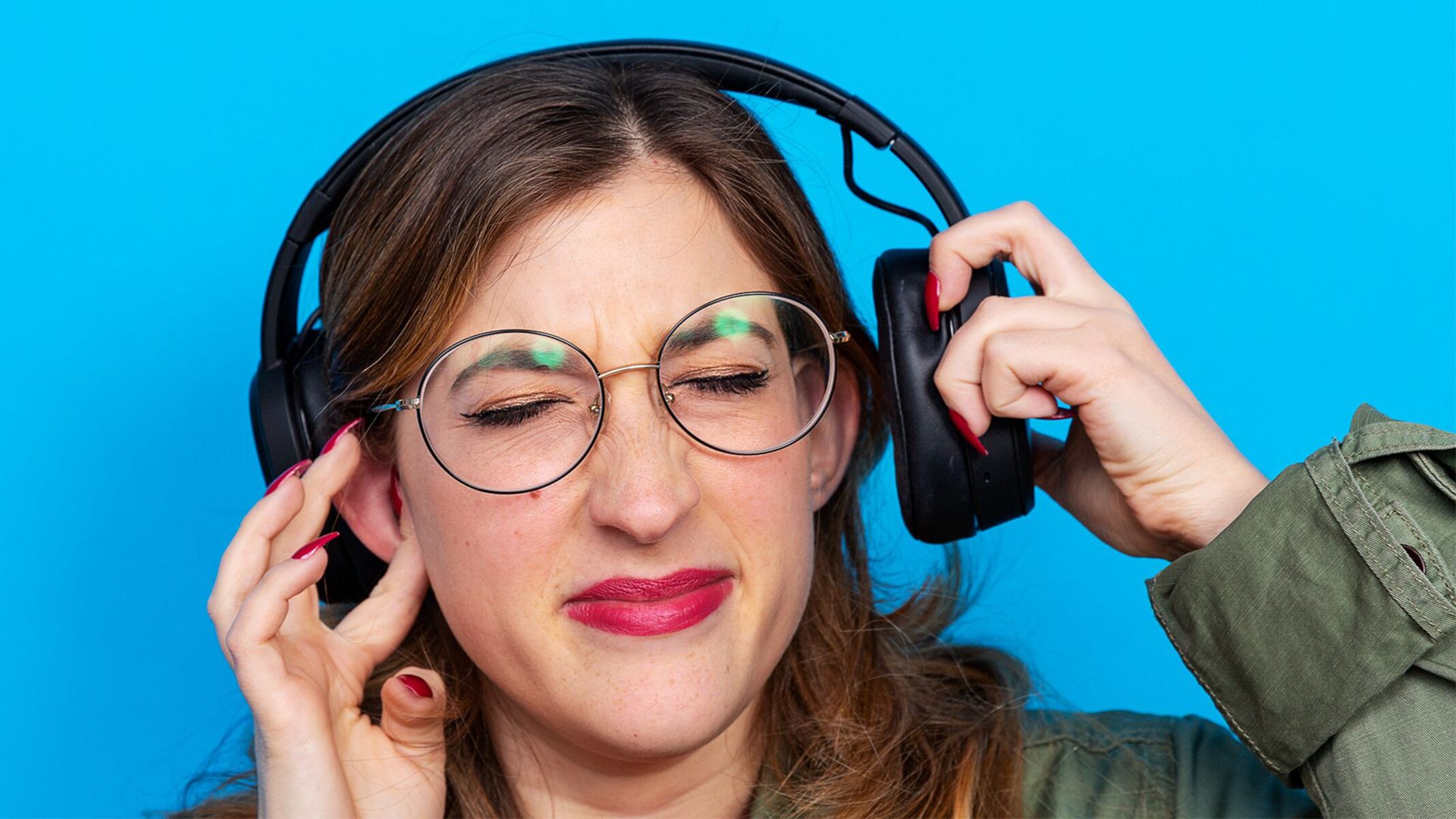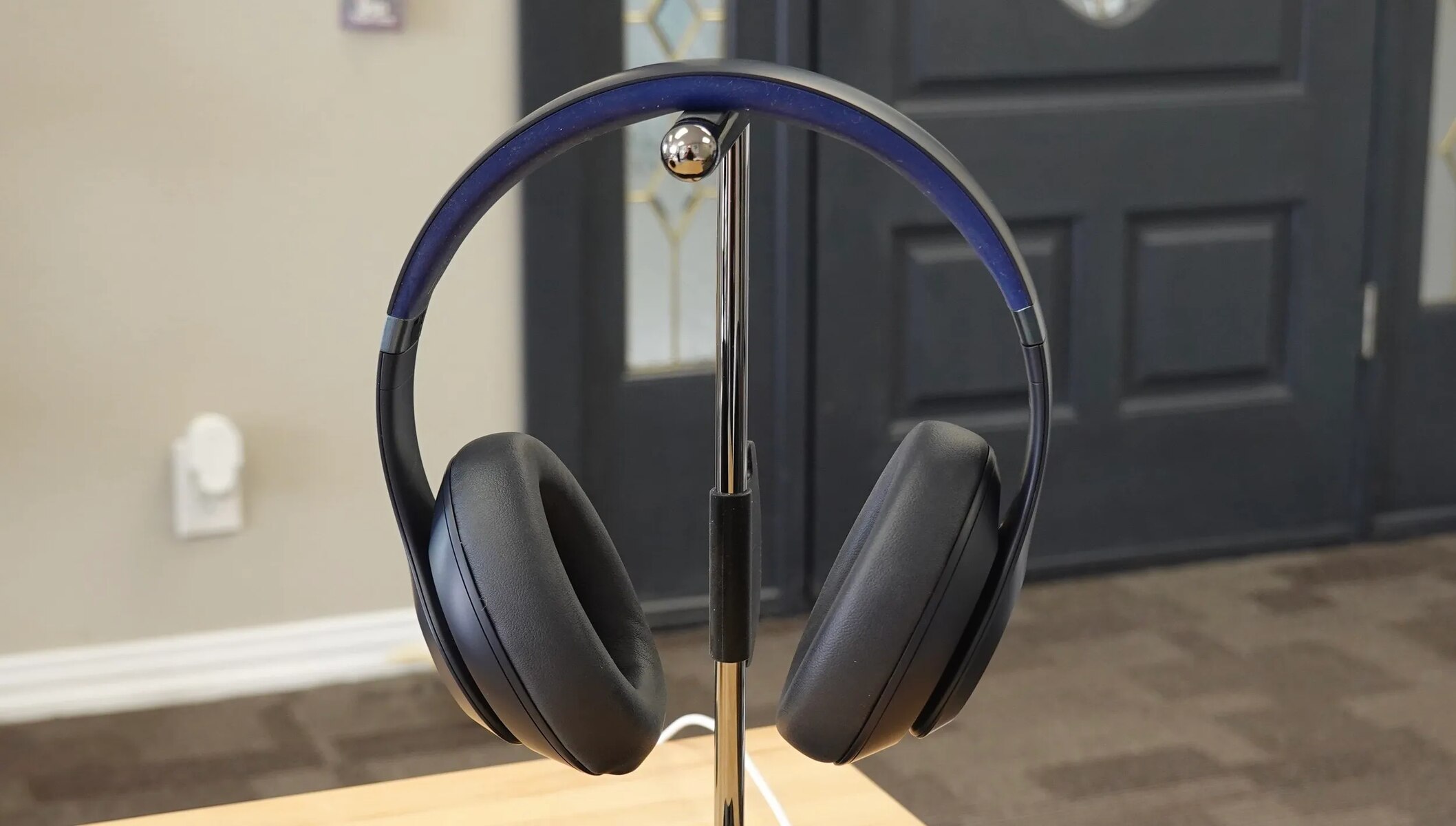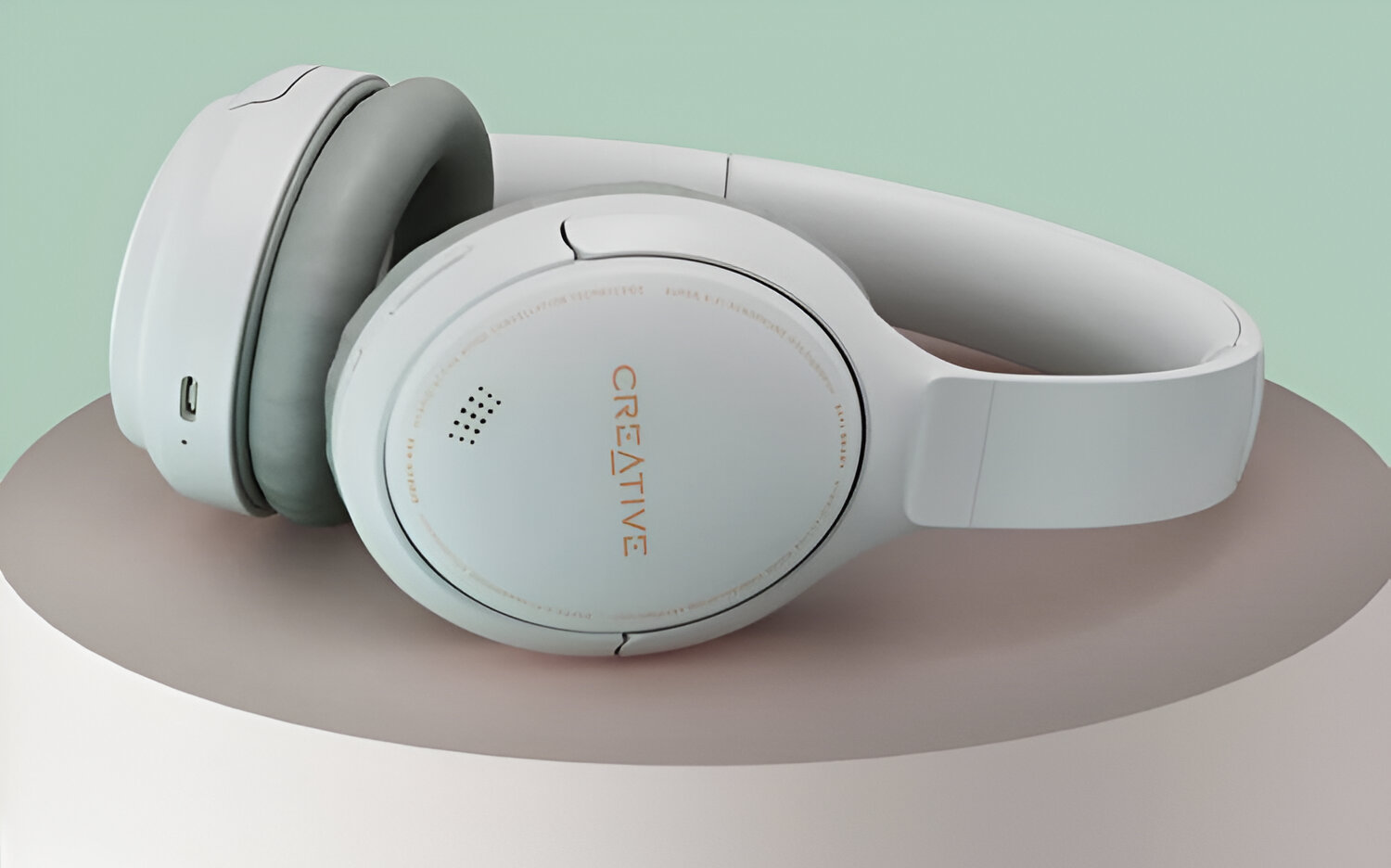Introduction
Noise cancelling headphones have gained significant popularity in recent years due to their ability to block out unwanted external sounds and provide a more immersive audio experience. These headphones work by using technology to analyze and counteract ambient noise, effectively reducing the impact on the listener. While they offer numerous benefits, it is important to acknowledge that there can be downsides to using noise cancelling headphones. In this article, we will explore some of the reasons why noise cancelling headphones can be considered bad.
The purpose of this article is not to discourage the use of noise cancelling headphones, but rather to shed light on certain aspects that should be taken into consideration before purchasing or relying heavily on them. It is important to make informed decisions regarding our choices of technology, as what may be advantageous in some situations can have drawbacks in others.
So, let’s delve into the potential negatives of noise cancelling headphones and explore why they may not always be the best option for everyone.
Lack of awareness of the surrounding environment
One of the main drawbacks of noise cancelling headphones is their ability to isolate the user from their environment. While this can be beneficial in certain situations, such as during a long flight or in a noisy office, it can pose potential risks in other scenarios.
When wearing noise cancelling headphones, individuals may become completely immersed in their music or audio content, unaware of what is happening around them. This can prove to be dangerous, especially when crossing the road, participating in outdoor activities, or in situations where it is crucial to be aware of potential hazards.
Moreover, noise cancelling headphones can hinder communication with others. We rely on auditory cues to interact and engage with our surroundings, and by wearing these headphones, we may miss out on important conversations or warnings. This lack of awareness can cause misunderstandings and even put ourselves and others at risk.
It is important to strike a balance between enjoying our personal audio experience and being aware of our surroundings. While noise cancelling headphones offer a great way to escape the outside world, it is vital to exercise caution and be mindful of the potential consequences.
Potential danger in certain situations
While noise cancelling headphones can provide a peaceful and immersive audio experience, they can also present potential dangers in certain situations. One of the main concerns is the inability to hear important warning signals or alarms in emergency situations.
In public spaces, such as train stations or airports, it is crucial to be aware of announcements and safety instructions. Noise cancelling headphones can block out these important notifications, putting individuals at risk of missing vital information or failing to react appropriately.
There are also specific environments where heightened situational awareness is essential, such as while hiking in the wilderness or participating in outdoor sports. These activities require attentiveness to potential hazards or warnings from fellow participants. Noise cancelling headphones may hinder the ability to perceive these alerts, increasing the risk of accidents or injuries.
Furthermore, there is a concern that wearing noise cancelling headphones in urban environments can make individuals vulnerable to potential crimes or accidents. By isolating ourselves from the sounds of the city, we may become oblivious to our surroundings, making it easier for someone to approach or target us without our knowledge.
It is important to consider the potential dangers of wearing noise cancelling headphones in specific situations and make informed choices accordingly. Assessing the level of risk and adjusting the use of these headphones accordingly can ensure our safety and well-being.
Ear pressure and discomfort
One of the common drawbacks of using noise cancelling headphones is the pressure and discomfort they can cause in the ears. This sensation is often referred to as “ear squeeze” or “ear fullness” and can vary in intensity from mild discomfort to more severe pain.
The technology behind noise cancelling headphones involves creating a sealed environment around the ears to block out external sounds. This can lead to a build-up of pressure within the ear canal, especially during long periods of continuous use. Some individuals may experience a feeling of heaviness or aching in the ears as a result.
In addition, extended use of noise cancelling headphones can cause sweat and moisture to accumulate around the ears, leading to irritation and discomfort. This is particularly true for over-ear headphones that fully cover the ear and create a warmer environment.
It is important to take breaks when using noise cancelling headphones to allow the ears to rest and prevent excessive pressure build-up. Adjusting the fit of the headphones and ensuring they are not overly tight can also help alleviate discomfort.
Lastly, individuals with certain ear conditions or sensitivities may be more prone to experiencing discomfort when using noise cancelling headphones. If you have a history of ear issues or discomfort, it is advisable to consult with a healthcare professional before using these headphones extensively.
Being mindful of the potential ear pressure and discomfort when using noise cancelling headphones can help ensure a more comfortable listening experience and minimize any negative effects on ear health.
Dependency and addiction
One of the concerns surrounding noise cancelling headphones is the potential for dependency and addiction. The immersive audio experience they provide can be highly addictive, leading individuals to rely on them excessively in various situations.
Just like any other form of entertainment or technology, prolonged and constant use of noise cancelling headphones can create a dependency on the device. People may find it difficult to enjoy activities or environments without the use of their headphones, as they have become accustomed to the isolated and enhanced auditory experience.
This dependency can have negative impacts on daily life. It can lead to a detachment from the immediate surroundings, hindering social interactions and impeding the ability to fully engage in real-life conversations or experiences.
Moreover, the addictive nature of noise cancelling headphones can result in individuals constantly seeking out environments with minimal noise, avoiding situations that do not cater to their desire for complete isolation. This can lead to a limited and restricted lifestyle, as one becomes reliant on these headphones to find comfort and enjoyment in their surroundings.
Avoiding dependency and addiction to noise cancelling headphones involves practicing moderation and being mindful of how and when they are used. It is important to strike a balance and appreciate the benefits of being present and engaged in the world around us without relying solely on technological devices.
By being aware of the potential for dependency and addiction, individuals can make conscious decisions about when and how they use noise cancelling headphones, allowing for a more balanced and fulfilling lifestyle.
Expensive and not accessible for everyone
One of the drawbacks of noise cancelling headphones is their cost and lack of accessibility for everyone. These headphones often come with a premium price tag, making them unaffordable for many individuals.
The advanced technology and engineering required to create effective noise cancellation capabilities drive up the cost of these headphones. High-end models from well-known brands can cost several hundred dollars, putting them out of reach for budget-conscious consumers.
Furthermore, noise cancelling headphones are not readily accessible to everyone due to economic disparities and financial limitations. This can create a disparity in access to a technology that some individuals may benefit from, particularly those who work or live in noisy environments or have specific audio sensitivities.
It is important to note that there are more affordable alternatives available in the market, but they may not offer the same level of noise cancellation as their pricier counterparts. These options may be a viable choice for individuals who are unable to invest in premium noise cancelling headphones.
While noise cancelling headphones can enhance the audio experience and provide a much-needed escape from noise, it is essential to consider the financial implications and accessibility for all individuals. Exploring alternative options and being mindful of one’s budget can help mitigate these concerns.
Reduced sound quality and distortion
One of the trade-offs of noise cancelling headphones is the potential for reduced sound quality and distortion. While these headphones are designed to block out unwanted external sounds, they can also alter the overall audio experience, leading to a compromised listening experience.
Noise cancelling technology works by generating inverse sound waves to cancel out ambient noises. However, this process can interfere with the original audio playback, resulting in a loss of clarity and detail. The cancellation of external sounds can lead to a reduction in the dynamic range of the audio, making it sound less natural and potentially affecting the overall enjoyment of music or other content.
In addition to reduced sound quality, noise cancelling headphones can also introduce unwanted audio artifacts and distortion. The processing involved in canceling out external sounds can create audible artifacts, such as hissing or white noise, which can be distracting and take away from the intended audio experience.
It is worth noting that the extent of reduced sound quality and distortion varies among different models and manufacturers. Higher-end noise cancelling headphones tend to offer better sound quality, with advanced technologies to minimize any audio degradation. However, even with premium models, there may still be a noticeable difference compared to non-noise cancelling headphones.
When considering noise cancelling headphones, it is essential to strike a balance between noise cancellation effectiveness and sound quality. It is advisable to test different models and read reviews to find a pair that meets your expectations in terms of both noise reduction and audio fidelity.
Understanding the potential trade-offs in sound quality and distortion ensures that individuals can make an informed decision about their audio preferences and prioritize their listening experience accordingly.
Negatively affects social interaction and communication
One of the potential downsides of using noise cancelling headphones is the impact they can have on social interaction and communication. These headphones, designed to block out external sounds, can create a barrier between the user and their surrounding environment.
When wearing noise cancelling headphones, individuals may unintentionally signal to others that they are not open to conversation or interaction. This can result in missed opportunities for social engagement or connection, particularly in public spaces or social gatherings where interactions are more likely to occur.
In addition, noise cancelling headphones can hinder effective communication. When engaged in a conversation, it is important to be able to hear and understand the nuances of verbal communication, including tone, inflection, and subtle cues. Wearing noise cancelling headphones can make it challenging to pick up on these details, leading to misunderstandings or misinterpretations.
Furthermore, the use of noise cancelling headphones can create a sense of isolation, both for the user and for those around them. By blocking out external sounds and immersing oneself in their own audio experience, individuals may inadvertently alienate themselves from social situations, missing out on valuable connections and meaningful interactions.
It is essential to strike a balance between enjoying personal audio experiences and being present in social settings. Being mindful of when and where to use noise cancelling headphones can help maintain social connections, foster effective communication, and enhance overall social experiences.
By using noise cancelling headphones responsibly and being aware of their potential impact on social interaction, individuals can find a healthy balance between personal audio enjoyment and meaningful connections with others.
Impact on sleep patterns and overall health
The use of noise cancelling headphones, particularly in the context of sleep, can have potential repercussions on sleep patterns and overall health. While they may seem like a convenient solution for blocking out disruptive noises in the bedroom, there are factors to consider that can negatively impact sleep quality.
One of the main concerns is the dependency on noise cancelling headphones to fall asleep. Relying on external devices for sleep can lead to a reliance on artificial stimuli and make it difficult to fall asleep without them. Over time, this can disrupt natural sleep patterns and make it challenging to achieve restful and uninterrupted sleep without the aid of noise cancelling headphones.
In addition, sleep experts suggest that exposure to ambient noise, such as white noise or natural sounds, can be beneficial for promoting sleep and relaxation. Noise cancelling headphones, by their nature, block out all external sounds, including these potentially soothing noises. The absence of these background sounds may create an environment that feels unnaturally quiet, making it difficult for some individuals to fall asleep or stay asleep.
Moreover, wearing headphones during sleep can pose physical discomfort or safety hazards. The bulk and weight of some noise cancelling headphones can cause discomfort when lying on the side or back, potentially resulting in an uncomfortable sleep experience. Furthermore, wearing headphones throughout the night can create a safety risk as it may impede the ability to hear important sounds, such as fire alarms or emergency alerts.
It is important to consider alternative solutions for promoting better sleep and relaxation, such as utilizing earplugs, sound machines, or ensuring a quiet sleep environment. These options can provide a more natural sleep experience and mitigate the potential negative impacts associated with prolonged use of noise cancelling headphones during sleep.
While noise cancelling headphones can be an effective tool for managing noise disruptions, it is crucial to be mindful of their impact on sleep patterns and overall health. Exploring alternative solutions for achieving quality sleep can help maintain a healthy sleep routine and support overall well-being.
May not effectively cancel out all types of noise
While noise cancelling headphones are designed to reduce external noise and create a more immersive audio experience, it is important to note that they may not be able to effectively cancel out all types of noise. The success of noise cancellation depends on various factors, including the technology used, the fit of the headphones, and the specific characteristics of the incoming noise.
Noise cancelling headphones are typically more effective at cancelling out low-frequency sounds like the hum of an airplane engine or the rumble of a train. These headphones use active noise cancellation technology that analyzes the incoming sound waves and generates corresponding sound waves to cancel them out. However, they may not be as effective in situations where the noise source is dynamic, unpredictable, or consists of higher-frequency sounds.
High-frequency and transient sounds, such as the chirping of birds or the clatter of dishes, are more challenging to cancel out completely. The technology used in noise cancelling headphones primarily targets steady, droning sounds, which means that these intermittent noises may still be audible to some extent.
It is also worth mentioning that noise cancelling headphones are more successful at reducing constant and predictable noises as compared to sudden or sharp sounds. These headphones can lessen the impact of continuous background noises but may not completely eliminate sudden, loud noises like a door slamming or the honking of a car horn.
Understanding the limitations of noise cancelling headphones is important to set realistic expectations. While they can significantly reduce certain types of noise, they may not provide complete silence or eliminate all sounds in every environment.
Individuals who rely on noise cancelling headphones for situations where absolute silence is necessary, such as studying in a noisy library, may need to consider additional measures like using earplugs in combination with noise cancelling headphones to achieve the desired level of noise reduction.
Ultimately, being aware of the limitations of noise cancelling headphones allows individuals to make informed decisions about when and where to use them, and to seek alternative solutions if complete noise cancellation is necessary.
Conclusion
Noise cancelling headphones offer a range of benefits, from reducing external noise and immersing us in our audio experience to providing a sense of tranquility in noisy environments. However, it is important to be aware of the potential drawbacks that come with their use.
From a safety perspective, noise cancelling headphones can limit awareness of the surrounding environment, posing potential dangers in certain situations. They can also lead to dependency and addiction, causing individuals to disconnect from the world around them. Additionally, the cost of noise cancelling headphones and their lack of accessibility for everyone can be a barrier to enjoying their benefits.
There are also concerns regarding the impact on sound quality and distortion, as well as the interference with social interaction and communication. Noise cancelling headphones may not effectively cancel out all types of noise, and their use during sleep can affect sleep patterns and overall health.
Recognizing these potential drawbacks helps individuals make informed decisions about whether or not to use noise cancelling headphones, and how to mitigate any negative effects. Moderation, being mindful of the environment, and considering alternative solutions are all important factors to consider.
While noise cancelling headphones can provide a respite from noise and enhance our audio experiences, it is essential to strike a balance and incorporate them in a way that allows us to remain connected to our surroundings and maintain healthy social interactions. The key lies in using them responsibly and being aware of their limitations.
Ultimately, the choice to use noise cancelling headphones is a personal one. Understanding their potential drawbacks enables individuals to make informed decisions and find the right balance between the benefits they provide and the potential downsides they may bring.







